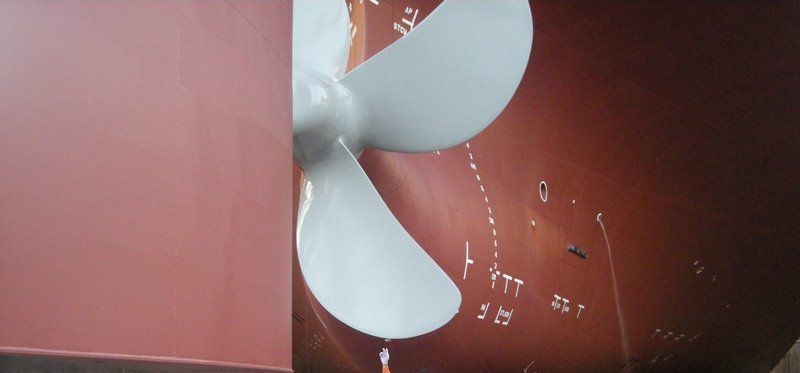Introduction A propeller is a type of fan which generates an adequate thrust to propel a vessel at some design speed with some care taken in ensuring some “reasonable” propulsive efficiency. Considerations are made to match the engine’s power and shaft speed, as well as the size of the vessel and the ship’s operating speed, with an appropriately designed propeller. Generally, propellers are of two types - Fixed Pitch Propeller ( FPP) and Controllable or Variable Pitch Propeller ( CPP). Controllable Pitch Propeller or CPPThese propellers now have a relatively good track record for … [Read more...]
